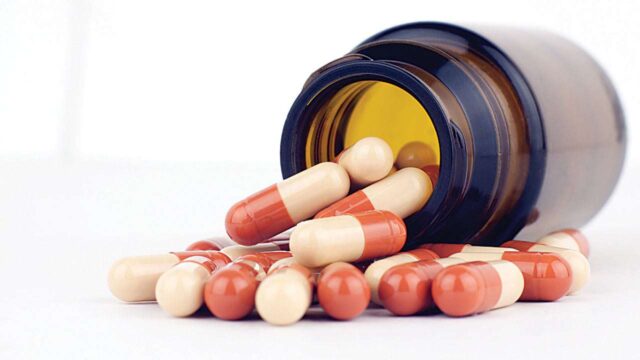
Pharmacology is the scientific arena that studies how the body responds to medicines and how medicines influence the body. Scientists supported by the National Institutes of Health are occupied in many aspects of pharmacology, which includes one called pharmacokinetics, which dispenses with understanding the entire cycle of a medicine’s life inside the body. Identifying more about each of the four main stages of pharmacokinetics, collectively referred to as ADME, aids the design of medicines that are more efficient and that produce fewer side effects and there are functional medicine in Australia.
Absorption
The first step of ADME is A, for absorption. Medicines are absorbed when they move from the site of administration into the body’s circulation. A few of the most popular ways to administer drugs are oral (such as eating an aspirin tablet), intramuscular (getting a flu blast in an arm muscle), subcutaneous (injecting insulin just under the skin), intravenous (receiving chemotherapy through a vein) or transdermal (wearing a skin patch). Medicines used by mouth are commuted via a special blood vessel leading from the digestive tract to the liver, where a large value of the medicine is crushed down. Other routes of drug administration bypass the liver, joining the bloodstream directly or via the skin or lungs.
Distribution
Once a drug gets absorbed, the next degree of ADME is D, for distribution. Most often, the bloodstream is the vehicle for giving medicines throughout the body. During this level, side effects can happen when a drug has an effect at a site other than its target. For a pain reliever, the target organ sway be a sore muscle in the leg; annoyance of the stomach could be a side effect. Drugs indicated for the central nervous system face a nearly impermeable obstacle called the blood-brain barrier that shields the brain from potentially dangerous substances such as toxins or viruses. Luckily, pharmacologists have devised various ways to sneak some drugs past the blood-brain obstacle. Other agents that can influence distribution include protein and fat molecules in the blood that can put drug molecules out of commission by latching onto them.
Metabolism
After a medicine has been categorized throughout the body and has done its job, the drug is broken down or metabolized, the M in ADME. Everything that lists the bloodstream — whether eaten , injected, inhaled, or received through the skin — is provided to the body’s chemical processing plant, the liver. There, substances are chemically pummeled, twisted, cut apart, stuck together, and changed by proteins called enzymes. Many of the products of enzymatic collapse, or metabolites, are less chemically active than the original molecule. Genetic differences can alter how certain enzymes work, also feigning their ability to metabolize drugs. Herbal products and foods, which hold many active components, can interfere with the body’s ability to metabolize other drugs. There are various online magazines that have prepper magazine recommendation.
Excretion
The now-inactive drug supports the final stage of its time in the body, excretion, the E in ADME. This removal happens via the urine or feces. By regulating the amounts of a drug in urine (as well as in blood), clinical pharmacologists can calculate how a person is preparing a drug, perhaps resulting in a change to the designated dose or also the medicine. For example, if the drug is being killed relatively quickly, a higher dose may be needed.


































